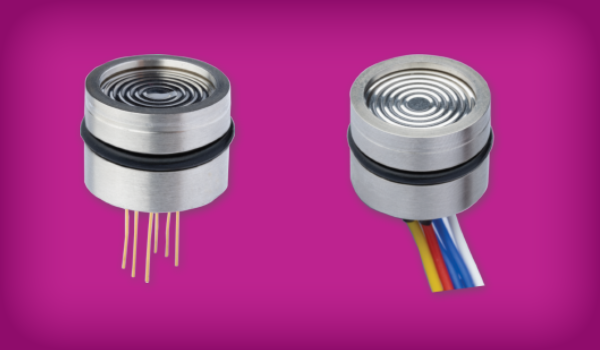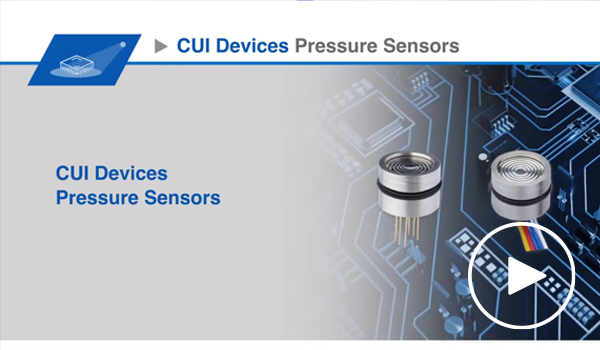An Overview of Pressure Sensors
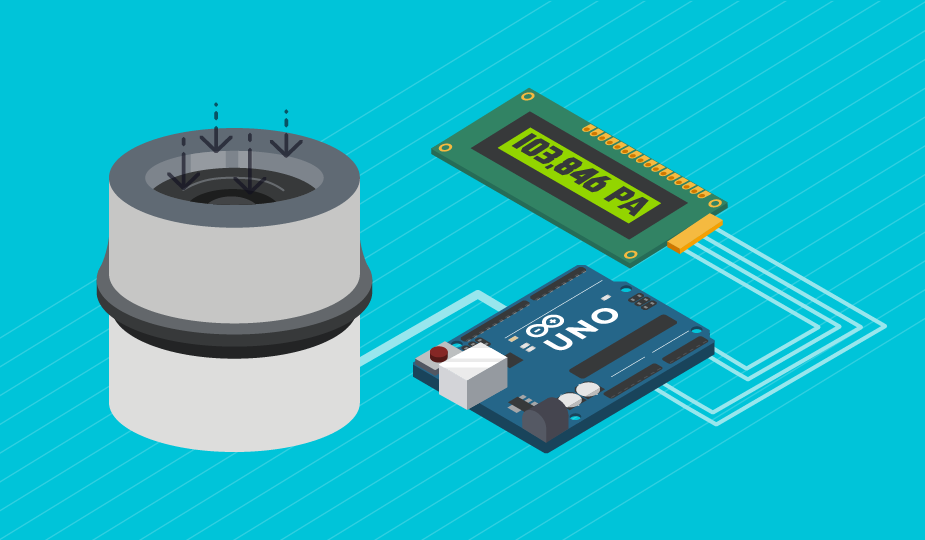
The best way to start a discussion on pressure sensors is to begin with some definitions. Pressure is the amount of force exerted by a liquid or a gas on a unit area of a surface. The relative equation is P=F/A, and the traditional unit of pressure is the Pascal, defined as one Newton (N) per square meter. Pressure can also be defined as the force required to stop a fluid from expanding. A sensor is a device that detects or measures a physical quantity (force, temperature, length, pressure) and typically translates it into an electric signal.
What is a Pressure Sensor?
A pressure sensor is an electronic device that detects or monitors either gas or liquid pressure (force) and converts that information into an electrical signal that can be used to monitor or regulate the force being measured. The way pressure sensors work depends on the type of technology used. These technologies are covered later in this article.
Many pressure sensors available today can be used with a wide range of both fluids and gasses. Fluids that are more viscous or thick, however, may require specially designed sensors. Some examples include paper pulp, asphalt, crude oil, and certain thick but fluid foods. Suffice to say, there is a well-suited pressure sensor type available for almost any medium whose pressure needs to be measured.
A Word on Naming Confusion
At a basic level, pressure sensors perform the same task as pressure transducers or pressure transmitters, so the terms are often used interchangeably. The differences among them, however, are in their output signals.
A pressure sensor detects a force and converts that into an output signal that is relative to the strength of the pressure being exerted. A pressure transducer converts the detected force into a continuous voltage output (V). A pressure transmitter converts the detected force into a current output in milliamps (mA).
In everyday usage, pressure sensors may be referred to using numerous terms, such as: pressure transducers, pressure transmitters, pressure senders, pressure indicators, piezometers, and manometers. No matter the name used, these devices are employed for monitoring and control of pressure in numerous applications, and can also be used to measure other variables, such as fluid/gas flow, altitude, and water level.
The Types of Pressure Measurement
There are several terms that need to be understood when dealing with pressure measurement and pressure sensors. The type used for your application can influence the measurement accuracy and, obviously, your system performance. These apply to how pressure is measured against a reference, like air pressure at sea level.
The first of these is Gauge Pressure. This is a measurement of pressure relative to the local atmospheric or ambient pressure. The pressure indicated is either higher or lower than the local atmospheric pressure.
Another term is Absolute Pressure, which is pressure measurement relative to a reference of zero pressure or a vacuum. A pressure measurement using an absolute pressure sensor will be the same regardless of where it is measured.
Differential Pressure refers to the difference in pressure between two points in a system, which is commonly used to measure the flow of liquid or gas in pipes.
Vacuum Pressure measures a negative pressure range as compared to ambient or local atmospheric pressure.
Finally, Compound Pressure measures both positive and negative pressure, or vacuum, so it is essentially Gauge Pressure and Vacuum Pressure combined.
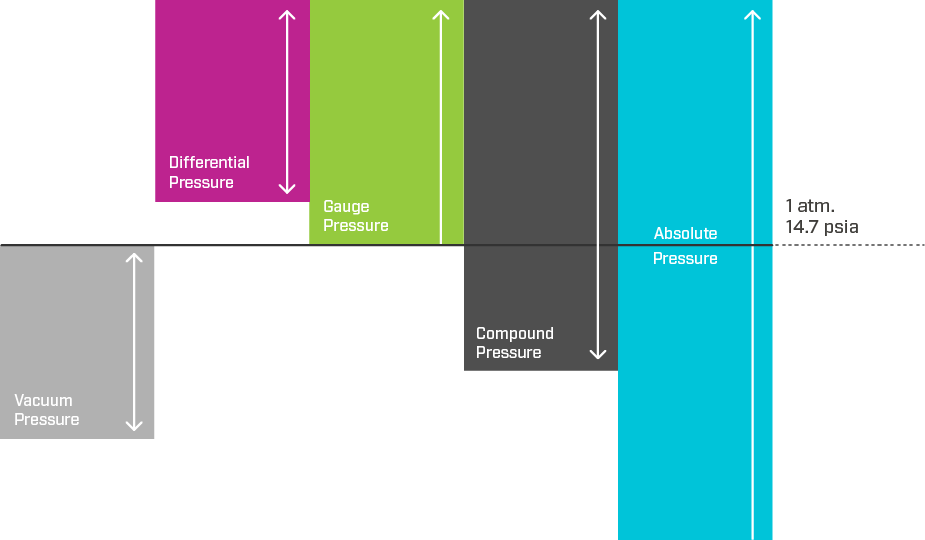
The Technologies Used in Pressure Measurement
The detection, understanding, and measurement of pressure basically began with the work of Galileo in the late 1500s and Torricelli in the mid-1600s. The first pressure gauge, the Bourdon Tube, was invented in 1849. It took until 1930 for the first electrical output pressure transducers to be announced. Since then, the number of different technologies used to detect this basic force has blossomed, particularly with the advent of semiconductors. Here is a quick run-down of the major pressure measurement technologies and how they are used:
- Potentiometric: uses a resistance device (potentiometer) and a sliding arm connected to a Bourdon tube. As the pressure changes the arm moves and a relative signal is produced by the potentiometer based on the level of the force.
- Strain Gauge: converts an applied force (pressure) into a change in electrical resistance that varies with the applied force. This resistance can then be measured.
- Capacitive: detects changes in electrical capacitance caused by pressure flexing a diaphragm between the plates of a capacitor.
- Inductive: detects slight deflections of a diaphragm connected to a magnetic core which cause linear movement in the core. This movement varies the induced current, which is converted into an electric signal.
- Piezoelectric: quartz or ceramic material generates a variable electric charge proportional to the amount of compression applied to it by an outside pressure. Piezoresistive technology uses the change in electrical resistance of a material when it is stretched to measure pressure.
- Resonant: force applied to a diaphragm housing a vibrating wire changes the resonant frequency of the wire. This is converted into an electrical signal.
- Optical: employs a light source that is progressively blocked by an increase in pressure, and a sensor that produces a signal proportional to the change in the light. Fiber-optic sensors can also be used to measure changes in the path and phase of light caused by pressure.
Types of Pressure Sensors
Understanding pressure sensors also entails a review of the various types available for use in your design. Here are the basic ones, in no particular order:
- Vacuum: used to measure pressure that is below atmospheric levels. These typically use piezo technology or the measurement of the volume of gas in a particular space.
- Sealed: use atmospheric pressure at sea level as the reference pressure.
- Vented: measures pressure relative to ambient barometric pressure.
- Diaphragm: use thin, flexible, and circular metal plates that deform under pressure.
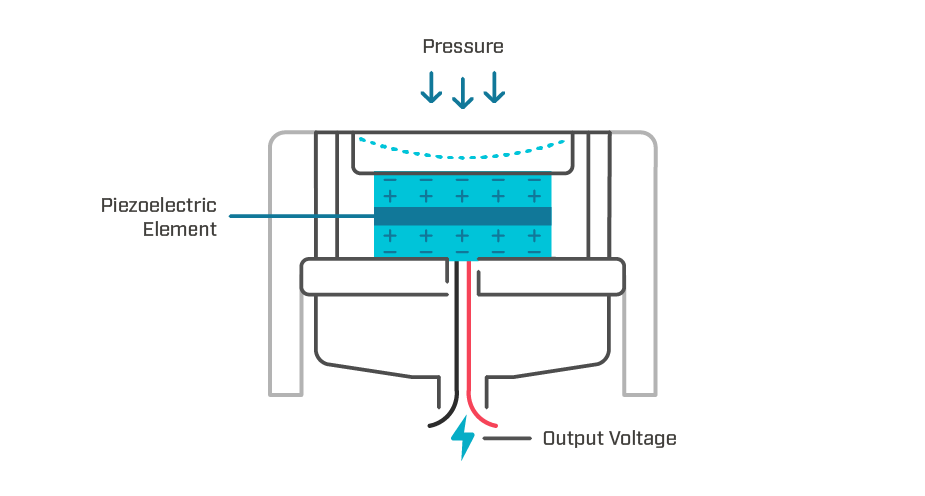
- Strain Gauge: measure resistance caused by change in length due to an external force and convert it into an electrical signal.
- Solid State: employ no moving parts, but instead use a semiconductor switching element, such as a Field Effect transistor to sense pressure.
- Thin Film: employ a thin film containing resistive elements that alter resistance due to length and thickness changes (deformation) induced by pressure.
Design Considerations for Pressure Sensors
As you contemplate the use of a specific pressure sensor or a range of sensors for your design, you will need to determine several operating parameters of your system that will help identify the most suitable pressure sensor products for your application. Some of these considerations include:
- Sensor Type: sealed, vacuum, strain gauge, piezo, etc.
- Operating Pressure Range: the safe pressure range in which the device will perform as specified by the manufacturer.
- Operating Temperature Range: the safe temperature range in which the device will perform as specified by the manufacturer.
- Maximum Pressure: the upper limit of pressure that the sensor will tolerate before failure.
- Output Type: the type of electrical signal output from the pressure sensor (analog/digital) that will work with your design.
- Output Level: range of the output signal, typically mV or Vdc.
- Accuracy & Drift: how accurate does the sensor need to be and how far will it vary from calibrated specifications over time?
- Resolution: the smallest degree of pressure change that can be detected by the sensor.
- Supply Voltage: the voltage required to operate a pressure sensor.
- Environment: the external operating factors (temperature, humidity, pressure, exposure to fluids, radiation, etc.) to which a pressure sensor may be exposed. This consideration may also include the physical distance between the sensor and any receiving device.
Certification Standards
There is no single, universally recognized standard for specifying pressure sensor accuracy. Some of the regional specifications include IEC 60770 and DIN 16086, which both apply to sensor accuracy.
ASTM F2070 covers the requirements for pressure transducers for general applications. Any technical standards that do cover the use of pressure standards are generally applicable to their proper use in specific applications, like medical devices or automobiles. Some examples include SAE J1347 for engine use, or IEEE 1451.1 to 1451.7 for pressure sensor use in industrial applications.
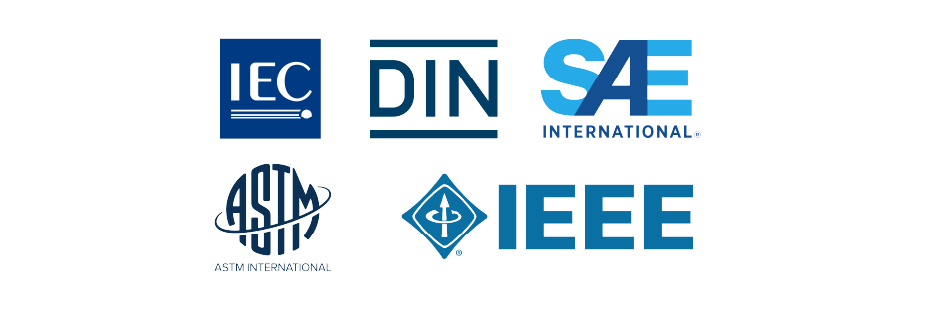
Summary
Measuring pressure and using that measurement to monitor and control a process is a critical need in many manufacturing industries and service businesses. From process control to healthcare, the sensing of accurate and reliable fluid and gas pressure can be critical in determining the quality and safety of the product or service being supplied. Modern pressure sensors are available in many different types, technologies, footprints, outputs, and accuracies. Making certain that you specify the best pressure sensor matched to your application needs will take some effort but will be rewarded with a quality outcome. Once those needs are determined, CUI Devices offers a line of pressure sensors based on piezo technology that features multiple pressure types and operating pressure ranges.
